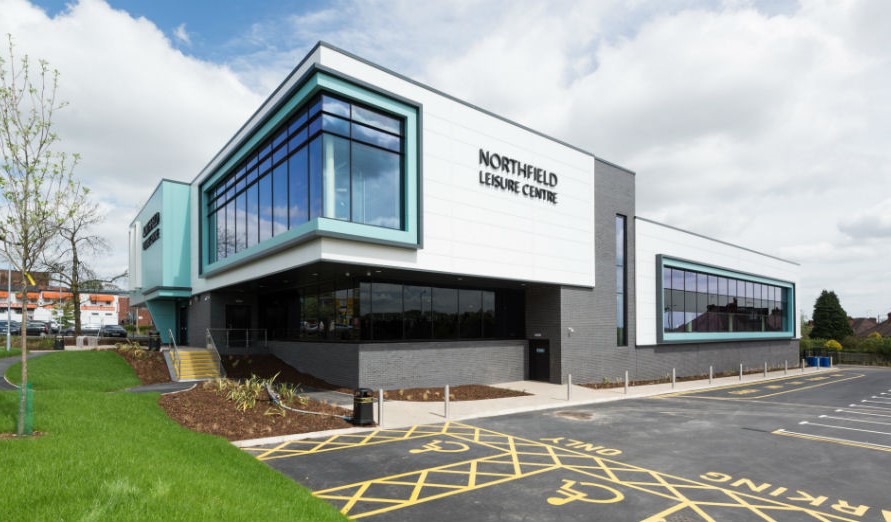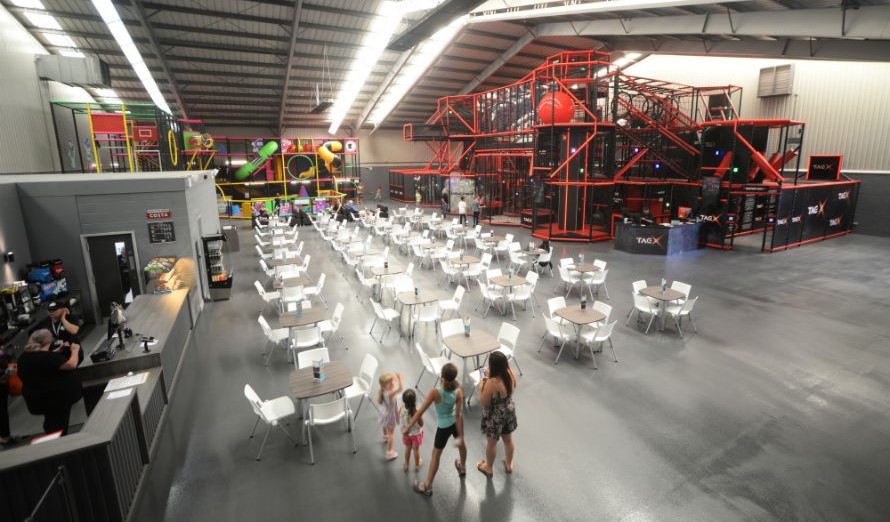

Pulling leisure out of the deep end
Daniel Leigh, frameworks project manager
The way we think about leisure is changing. Not just the way that we build new centres and refurbish old, but the way they are planned and designed.
Business planning, data and analysis are now often at the centre of a project’s conception, informing decisions on provision, location and price to ensure that our leisure centres are at the beating heart of communities, providing affordable, accessible facilities that we know people will want to use.
This is a marked deviation from the way a new swimming pool or gym would have been designed just 15 years ago. Down the line many of these centres have been abandoned by the communities they were built to serve and rather than being seen as the solution to the UK’s health crisis, they are languishing, a drain on funds at a time when local authority budgets are stretched.
The hard work of leisure teams can’t be faulted, they are working tirelessly to drive up membership numbers through new and innovative classes and activities – but often they are working against a building that wasn’t constructed with the future or the community in mind.

The benefits of exercise are well documented, with leisure centres at the core of the UK’s strategy to reach the estimated 11.5 million inactive adults across the country and encourage young people to take part in sport. The health-related costs are well understood; latest estimates suggest that inactivity costs the NHS £450m a year, with significant social care costs down the line for councils.
In pockets across the UK, local authorities are tackling the issue head on and, rather than continuing in the same vein, have transformed centres into thriving spaces for the community that pay for themselves and have the potential to deliver savings across wider health and social care spending.
Through the smart use of segmentation data, local authorities – with the help of private partnerships – are tailoring facilities to individual communities, utilising competitor analysis to determine latent demand and mosaic analysis to shape services to fit the local demographic.
Working with developer Alliance Leisure, we have delivered 19 new build and refurbishment schemes on behalf of local authorities. By using expert partners across the planning, preconstruction and development stages, these centres have market analysis at their core, delivering provision for a range of ages and abilities. Blending traditional sporting facilities with innovative installations such as toning suites, climbing walls, TAGactive and high-level obstacle courses – they encourage activity, and not just sport.

Where the data shows they can add value, secondary income generators -– such as food and beverage facilities – create a destination experience for both children and parents alike, especially important as few children now play out independently. A recent survey found that three-quarters of UK children spend less time outside than prison inmates.
This holistic approach also allows authorities to consider their entire leisure provision, to ensure their services complement, rather than overlap and over-service a location. A perfect example of this approach is Denbighshire County Council.
ISG delivered the Nova centre in Prestatyn through Alliance Leisure for the authority in 2015, and are currently constructing SC2 in Rhyl. These centres sit just four miles apart. Without foresight, the new centre could have spelt a decline in visitor numbers up the coast. Instead, they both have unique, and independent offerings, that enhance the council’s overall leisure provision.

Data and analysis aren’t the only things that public private partnerships bring to the table. Procuring development works can be time consuming and costly. As well as development frameworks, such as the UK Leisure Framework, developers like Alliance Leisure simplify this process, making it much more cost efficient, resulting in more of the authority’s overall budget being spent of the development itself, with shorter programmes and better specified offerings.
As the construction partner, we are also able to support much earlier in the process, working with leisure operators, management staff and end users. Through these close working relationships, new thinking and bold ideas can easily be incorporated into the design and construction process, delivering better outcomes for the operator, authority and end-users.
Our recently-completed extension and refurbishment project at Northallerton Leisure Centre saw a 45% increase in gym users over the first month of operation, a 30% increase in group fitness attendance and 2000 more swimmers across January and February 2018. Thanks to the improvements, the centre is celebrating its highest ever membership levels.
These successes are down to careful planning, well-thought-out design and targeting of facilities. Leisure centres with chilly pools, leaking roofs and cracked tiles have no place in the future of our leisure provision. Local authorities can operate centres that pay for themselves and deliver benefits, not just in terms of encouraging people to take up activity, but also by helping to create a sustainable future for the NHS and social care services.
Over the last seven years, ISG has worked across almost 30 leisure projects for local authorities, including four projects with Serco for Birmingham City Council, in addition to a range of private sector leisure schemes and £300m worth of work across 120 Olympic venues from 2009 to 2012, including the construction of the iconic Olympic Velodrome.
'Pulling leisure out of the deep end' was originally published on psbj.co.uk. Follow the link to read the full article. Please note the article may only be available for registered users.

